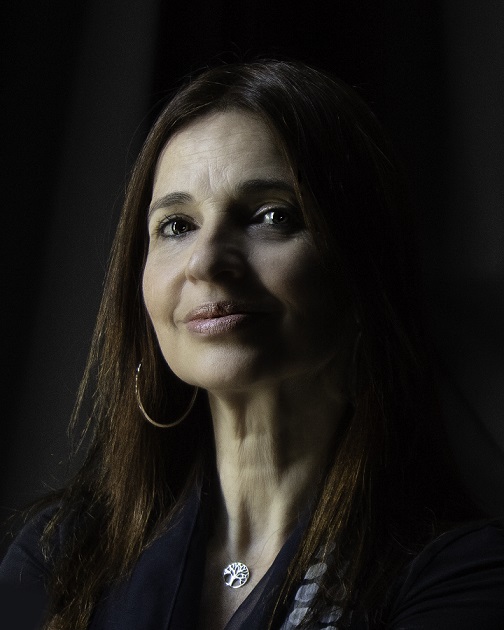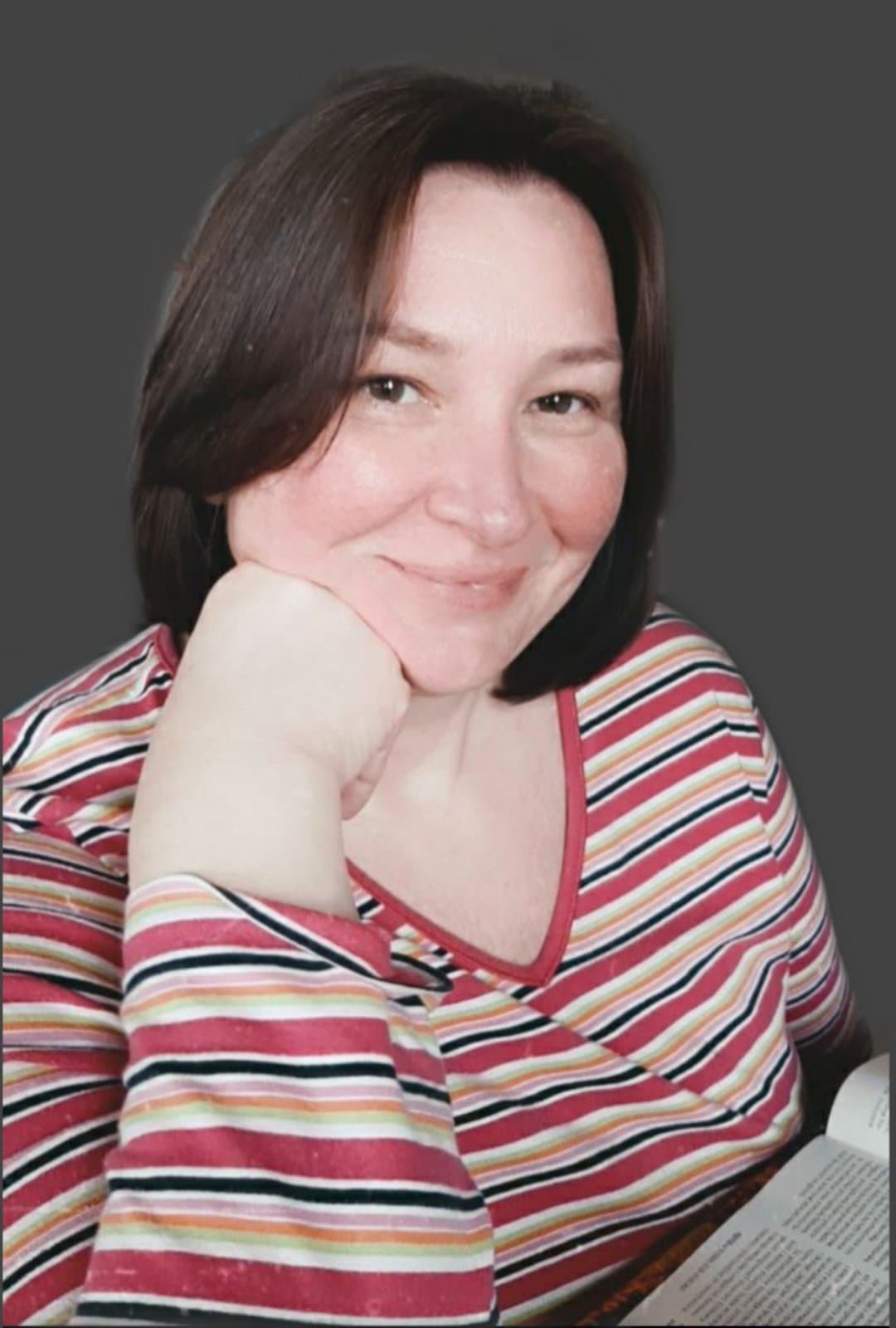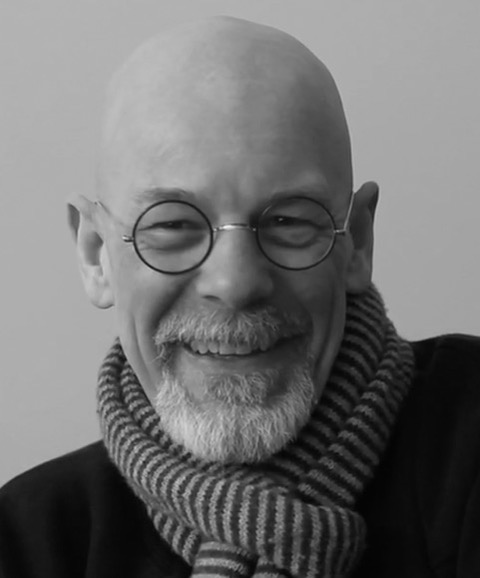Prof. Fátima Vieira, University of Porto

Towards a theory of complex utopianism
Fátima Vieira is Vice-Rector for Culture of the University of Porto and Associate Professor (with “Agregação”) at the Faculty of Arts and Humanities, where she has been teaching since 1986. She was the Chair of the Utopian Studies Society / Europe from 2006 to 2016, and the recipient of the Larry E. Hough Distinguished Service Award of the American and Canadian Society for Utopian Studies. She is the Coordinator of the University of Porto's branch of CETAPS – Centre for English, Translation and Anglo-Portuguese Studies, where she is the leader of the research project “Mapping Utopianisms”. Among other projects on utopianism, she coordinated the research project Alimentopia, funded by the Foundation for Science and Technology and jointly hosted by CETAPS and ILCML - Institute for Comparative Literature Margarida Losa. She is visiting professor of the University of Ferrara, where she teaches a doctoral programme on environmental sustainability and wellbeing; she also teaches at the European Joint Doctorate MOVES – Migration and Modernity – Historical and Cultural Challenges.
Prof. John Harris, University College London

When vowels and consonants find their feet:
Rethinking prosodic conditions on segmental phonology
When phonologists borrowed the notion of the foot from the metric verse tradition, it was almost exclusively with linguistic stress in mind. In languages such as Polish and English, the location of word stress is regulated by the trochaic foot, consisting of an obligatory strong syllable optionally followed by a weak syllable.
There is mounting evidence that the role of the foot in languages' sound systems extends to phonological effects that may not at first sight seem directly connected to stress. As we delve more deeply into these effects, one is increasingly revealing itself to be much more pervasive than once thought: the foot acts as an important domain for phonological processes that target individual vowel and consonant segments. English provides us with many examples of such segmental patterns, involving for example aspiration of plosives, weakening of /t/, pre-fortis clipping, the distribution of /h/ and /r/, and restrictions on vowel-plus-consonant sequences. Most if not all of these patterns show the foot to be performing a lot of the phonological heavy-lifting previously thought to be done by the syllable.
A fuller appreciation of the domains within which segmental phonology operates enables us to see more clearly how it works hand in hand with stress to contribute to auditory-perceptual prominence in speech. In accentuating the acoustic differences between prominent and nonprominent events in continuous speech, segmental phonology helps provide the listener with valuable cues to word boundaries.
Prof. Steve Tomasula, University of Notre Dame
Towards a Posthuman Novel
Architecture is often a reflection of its time, and this includes the architecture of the novel. The humanist novel, with its concern for individual autonomy, authenticity, and mimetic representation through visual detail, is often designed to depict the world at the human scale: the scale of the every-day world of Newtonian physics and natural language rooted in an individual sense of self. It is the human scale of face-to-face interaction. But at a time when people increasingly understand the world at larger scales, a time when even the concept of the human is being eclipsed by a posthuman awareness, the optical metaphor of the human scale may be less relevant to an architecture of the novel than one that relies upon a larger scale: an architecture which privileges emergence over singular cause and effect, or pattern over individual viewpoint. By seeing emergence as an organizing principle in the architecture of novels, a mode of narration opens up in both their creation and criticism that complements the contemporary, posthuman ground of being as well as the architecture of the plotted novel once fit the humanist conception of “mankind” and became the “natural” way to write.
Steve Tomasula is the author of the novels Ascension (forthcoming)
, The Book of Portraiture, IN & OZ, and VAS: An Opera in Flatland, the acclaimed novel of the biotech revolution. His new-media novel TOC received the Mary Shelley Award for Excellence in Fiction, and eLit’s Best Book of the Year Award. His short fiction has appeared widely and is gathered in his collection Once Human: Stories. Recent essays on literature, genetic and body art are included in Data Made Flesh (Routledge), Leonardo ( M.I.T.), The Handbook of Electronic Literature (Bloomsbury), The Digital Imaginary, and other publications. He is the editor of the forthcoming Conceptualisms: The Anthology of Prose, Poetry, Found, Visual, E- & Other Hybrid Writings as Contemporary Art. A professor English, he is on the faculty of the University of Notre Dame and lives in Chicago.
Prof. Ewa Kujawska-Lis, University of Warmia
and Mazury

Joseph Conrad: The Writer at the Intersections
of Languages nd Cultures
Joseph Conrad (1857–1924), a Polish-born English writer, who famously (and ambiguously) declared himself to be ‘homo duplex’, is the perfect example to illustrate the case of one individual at the intersections of languages and cultures. He was multilingual and multicultural, yet the impact of Conrad’s multilingualism and multiculturalism on his life and work defies dichotomous categorizations. In his case not only three linguistic systems overlap and (perhaps) blend together, but also at a minimum three cultures. As M.C Bradbrook summed up: Conrad “loved England most proudly, France most warmly, Poland most deeply” (Bradbrook 1965: 77). Yet, one cannot forget his experiences in the Far Eastern culture and the languages spoken there as well. As for languages, Polish functioned for him as a cultural and symbolic heritage. Fluent French implied prestige and elitism. Nevertheless, sociopolitical and economic circumstances made him choose English to construct his two professional identities, first as a sailor, and then as a writer. In this presentation, I will mostly focus on the various ways in which multilingualism contributed to Conrad’s creative employment of the English language in which he introduces untypical collocations and creates striking metaphors, often based on forms borrowed from other languages he knew, as well as on various manners in which he mediates the cultural background (and ethnicity) of his characters via language.
Ewa Kujawska-Lis is Professor in the Institute of Literary Studies at the University of Warmia and Mazury in Olsztyn, Poland. She specializes in Victorian and post-Victorian fiction. Her current interest in theoretical and empirical research on translation focuses on literary translation, specifically on early translations of the works by Dickens and Conrad and their contemporary retranslations and refractions. She has written articles for The Dickensian, Dickens Quarterly, The Conradian, and Conradiana on Polish translations and reception of these two authors as well as various aspects of their works. Her Marlow pod polską banderą. Tetralogia Josepha Conrada w przekładach z lat 1904-2004 [Marlow under the Polish Flag. Joseph Conrad’s Tetralogy in Polish Translations from 1904 to 2004] (2011) is a comprehensive analysis of Polish translations featuring Conrad’s narrator, Marlow. She is also interested in Conrad’s multilingualism, its linguistic effects and thematic representations in his fiction.
Ostatnia aktualizacja: 17.05.2021, godz. 22:54 - Aleksander Bednarski




